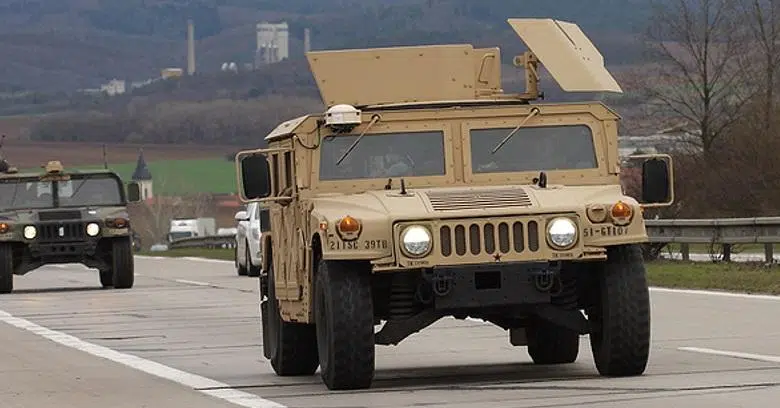The Rise of the Hummer – The Army’s Off-Road Beast!
One of the stars of the show at any military museum is the restored military vehicles, from early Jeeps to tanks, boats, and even planes.
A newcomer to the list of military vehicles, the Humvee that is more affectionately known as the Hummer made its debut in the 80s with a specific purpose.
Now they are not only relied on by our present-day troops as the exceptionally functional military vehicles they are, but Hummers have made it to the civilian market as well.
Following in the Jeep’s footsteps, these amazing multi-purpose vehicles really are “Jeeps on steroids,” as many in the military like to call them!
The End of An Era
In 1979, the Army announced that due to the changes in developing military weaponry and how wars were being fought, it needed a bigger, stronger replacement for the military Jeep that had served them so well since its inception during WWI.
Modern weapons were becoming too heavy for transporting with Jeeps and they carried too few people for them to be efficient anymore.
The beloved Army Jeep had served American troops well, but a more capable military vehicle was required for helping those troops and keeping them functional and safe.
The age of the military Jeep came to a close in 1985 after more than 40 years of service.
Now, many of the remaining functional military Jeeps and restored military vehicles are owned by military museums and private collectors.
A Bigger Vehicle To Serve A Bigger Need
The plan for a high-mobility multipurpose wheeled vehicle (HMMWV) was drafted and soon after, three vehicle manufacturers – AM General, Chrysler Defense, and Teledyne Continental – developed 11 prototypes to fit the military’s requirements.
These vehicles needed to be large enough to transport more soldiers, tall enough to drive through 60” of water yet be squatty and stable enough to resist tipping over in extreme off-road conditions, capable of resisting small weapons fire, and powerful enough to carry weapons all while functioning as troops carriers, evacuation vehicles, and even military ambulances.
Able to clear 16” under its lowest carriage point with bulletproof glass and a payload of 2,500 pounds and a useful automatic transmission, the Humvee was the answer.
After producing a few more prototypes after the initial 11 presented by all three vehicle makers, AM General was awarded a $1.2B contract by the government in 1983, the first of many contracts to produce 55,000 of these vehicles.
By 1985, the first of these powerhouse military vehicles were used in Afghanistan during the Gulf War, proving themselves to be the perfect and more capable replacement for the Jeep.
Bumps In The Road Even For The Humvee
Though the original Humvees were extremely versatile, durable, and dependable, and would go through many upgrades as the need arose, they had one ongoing weakness that proved to be fatal many times, forcing the military to go back to the design board yet again on this now essential military vehicle.
The Humvee could not withstand the roadside bombs that were common in Afghanistan and throughout the Middle East.
Another new model with stronger armor solved that issue but created another, unfortunately making them heavier and more prone to rolling over.
By 2010, the current version of the Humvee had addressed this issue as well and the vehicle kept on rolling.
Today, newer model armored, multi-capable Humvees are still being produced for the military and plenty of commercial issue Hummers are being scooped up by civilians who find them fun to drive in spite of their gas-guzzling engines.

